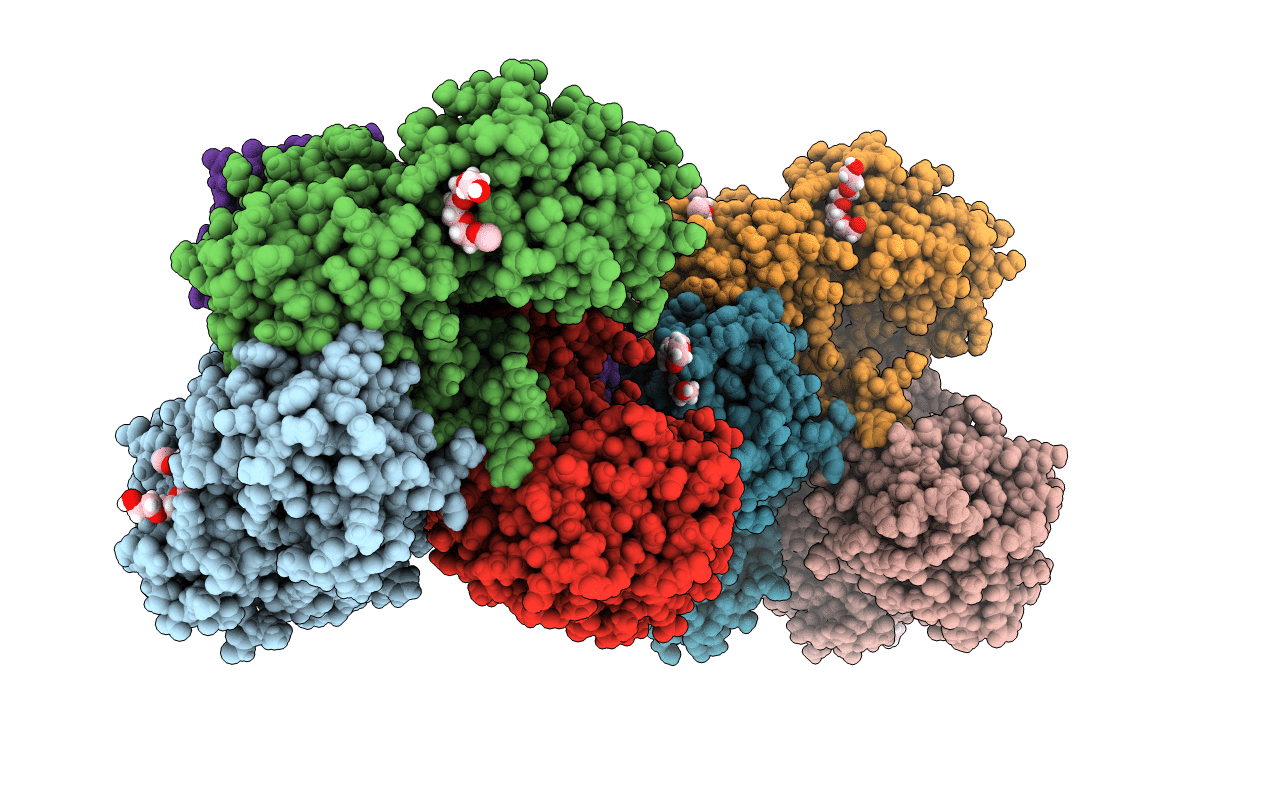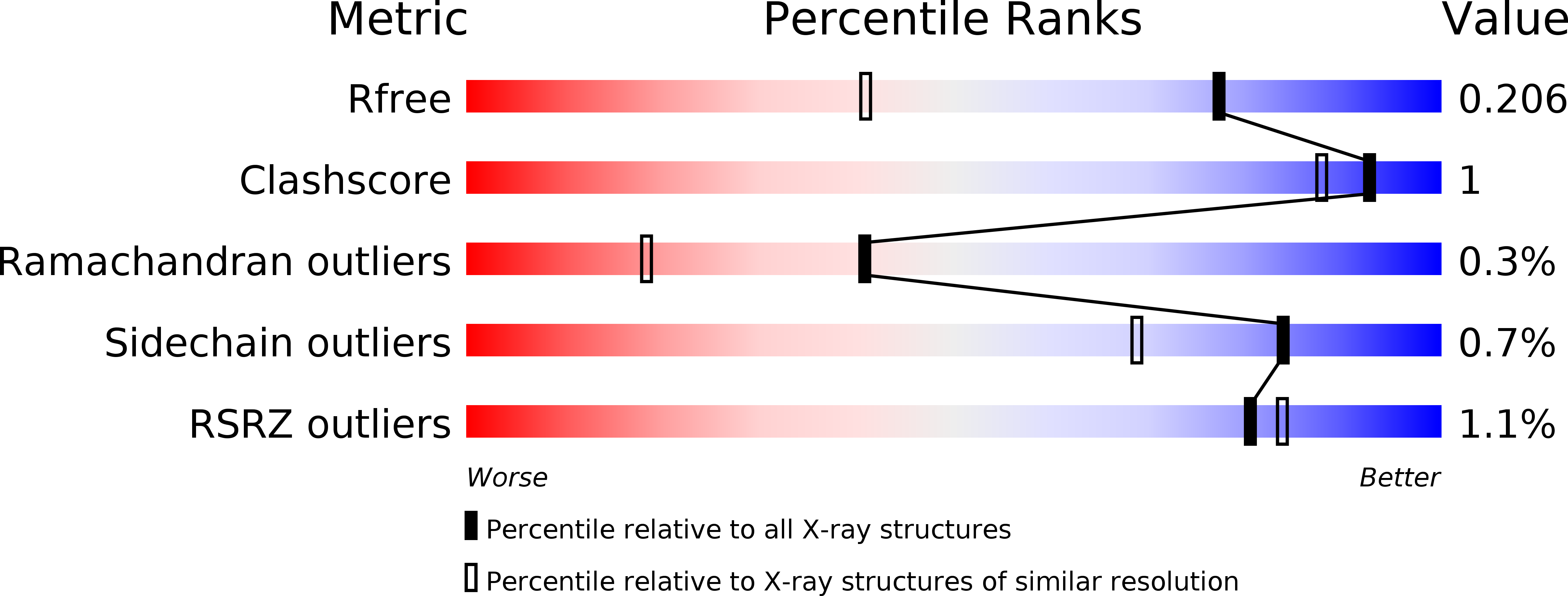
Deposition Date
2020-04-13
Release Date
2020-05-06
Last Version Date
2024-01-24
Entry Detail
PDB ID:
6YND
Keywords:
Title:
GAPDH purified from the supernatant of HEK293F cells: crystal form 1 of 4.
Biological Source:
Source Organism:
Homo sapiens (Taxon ID: 9606)
Method Details:
Experimental Method:
Resolution:
1.53 Å
R-Value Free:
0.19
R-Value Work:
0.18
R-Value Observed:
0.18
Space Group:
P 1 21 1


